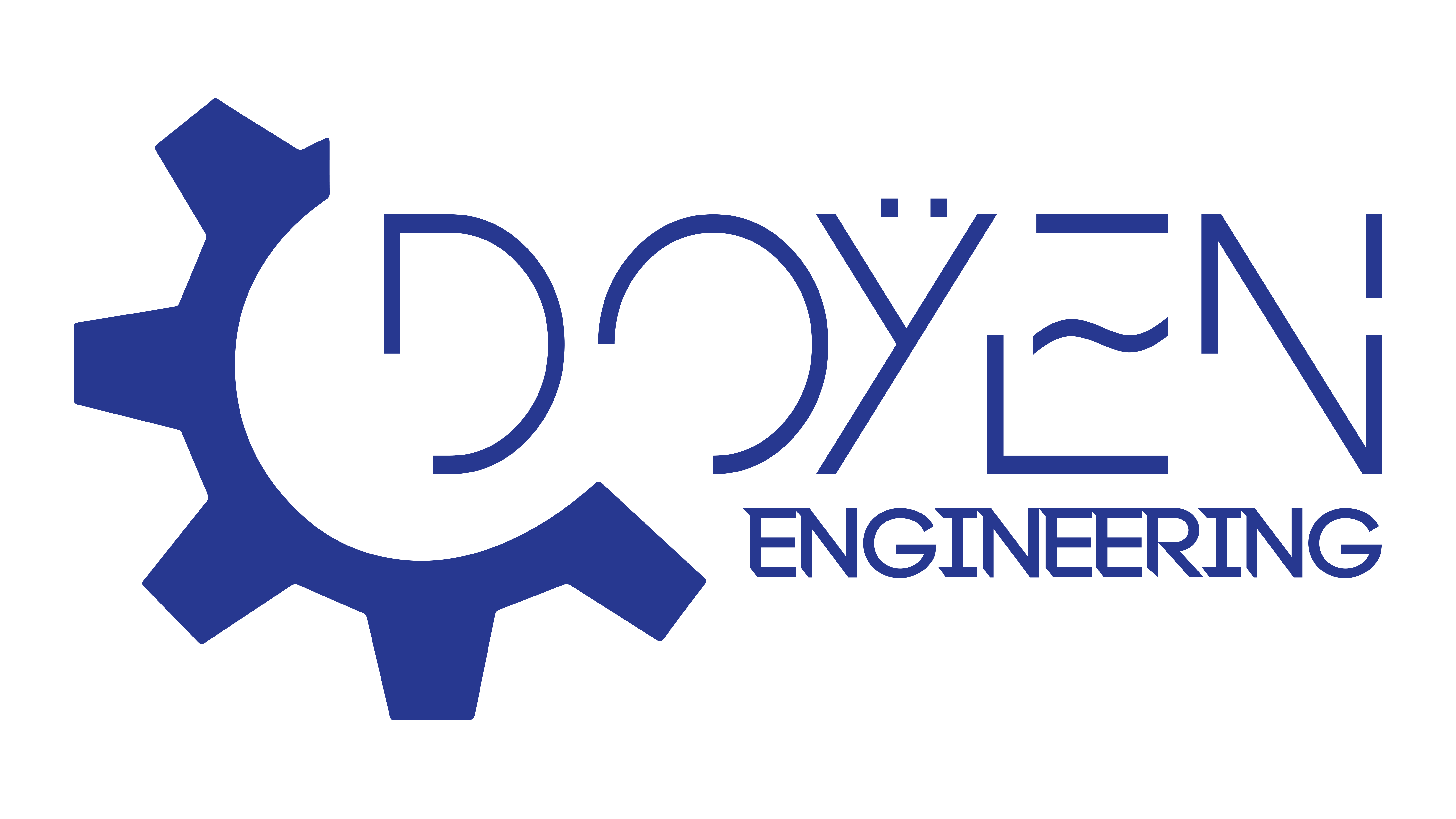
Introduction
Overview of Electrical Engineering and Artificial Intelligence
Electrical engineering involves the study and application of electrical systems, focusing on design, development, and maintenance of electrical equipment. On the other hand, artificial intelligence (AI) is revolutionizing technology by enabling machines to mimic cognitive functions such as learning and pattern recognition.
Both fields intertwine, strong in their capabilities and boundless in potential.
Significance of their Intersection
The convergence of electrical engineering and AI is significant for several reasons:
- Enhanced Performance: AI algorithms can optimize electrical systems for better efficiency.
- Innovative Solutions: From smart grids to automation in power distribution, combining these domains fosters innovation.
- Improved Data Analysis: AI techniques enable sophisticated signal processing, transforming data into actionable insights.
This interdisciplinary union opens doors to future breakthroughs, shaping our technological landscape.

Foundations of Electrical Engineering
Basics of Electrical Circuits and Systems
The foundation of electrical engineering lies in understanding electrical circuits and systems. At its core, an electrical circuit comprises components like resistors, capacitors, and inductors. Together, they function to control and direct the flow of electricity.
Key elements include:
- Voltage: The driving force in a circuit.
- Current: The flow of electric charge.
- Resistance: Opposition to current flow.
When I first assembled a simple circuit, the thrill of seeing the little LED light up was unforgettable—a tangible representation of electrical principles in action!
Principles of Signals and Systems
Built upon these basics are the principles of signals and systems, which are crucial for analysis and processing. Signals represent data, and systems process these signals for desired outputs. Understanding concepts like frequency, modulation, and filtering transforms mere numbers into meaningful information.
Essential concepts include:
- Continuous vs. Discrete Signals: Continuous signals are smooth, while discrete signals consist of distinct values.
- Linearity: This principle allows for simplifying complex systems for analysis.
By mastering these fundamentals, engineers can innovate and optimize applications ranging from control systems to communications technologies.

Fundamentals of Artificial Intelligence
Introduction to AI and Machine Learning
Diving into the world of artificial intelligence (AI), one encounters the fascinating realm of machine learning (ML). Machine learning is a subset of AI, where algorithms enable computers to learn from and make predictions based on data.
The main types include:
- Supervised Learning: Using labeled data to train models.
- Unsupervised Learning: Finding patterns in unlabeled data.
I recall my first experience with a machine learning model; it was exhilarating to see how data could inform decisions and predictions!
Neural Networks and Deep Learning
Building on these principles, neural networks form the backbone of deep learning, a powerful dimension of AI. These networks mimic the human brain’s structure, utilizing layers of interconnected nodes to process complex data inputs.
Key aspects of neural networks include:
- Layers: Input, hidden, and output layers work together to layer information.
- Activation Functions: They determine whether a neuron fires, influencing the learning process.
This architecture has revolutionized fields such as image recognition and natural language processing, paving the way for innovative applications across various industries. Understanding these fundamentals not only enriches one’s knowledge but also fuels creativity in solving real-world problems.

Applications of Electrical Engineering in AI
Hardware Design for AI Systems
As we explore the interplay between electrical engineering and AI, one prominent application is hardware design for AI systems. Specialized hardware, such as Graphics Processing Units (GPUs) and Tensor Processing Units (TPUs), are tailored for handling the complex computations involved in machine learning tasks.
Key considerations in hardware design include:
- Efficiency: Optimizing power consumption while maximizing performance.
- Scalability: Ensuring that systems can grow with increasing computational demands.
I vividly remember my awe when I first learned how a simple graphics card could be repurposed to accelerate AI tasks—an ingenious blend of engineering and technology!
Signal Processing for Data Analysis
Another crucial application lies in signal processing, which plays a pivotal role in AI data analysis. By transforming and interpreting raw data—like audio, images, or sensor readings—signal processing techniques enhance AI’s ability to learn effectively.
Some fundamental techniques include:
- Fourier Transform: Analyzing frequency components of signals.
- Filtering: Removing noise to improve signal quality.
These processes allow AI systems to extract meaningful patterns and insights from vast amounts of data, driving more accurate predictions and smarter decisions. Together, these applications demonstrate the essential role of electrical engineering in empowering AI advancements, creating a pathway for innovation across industries.






